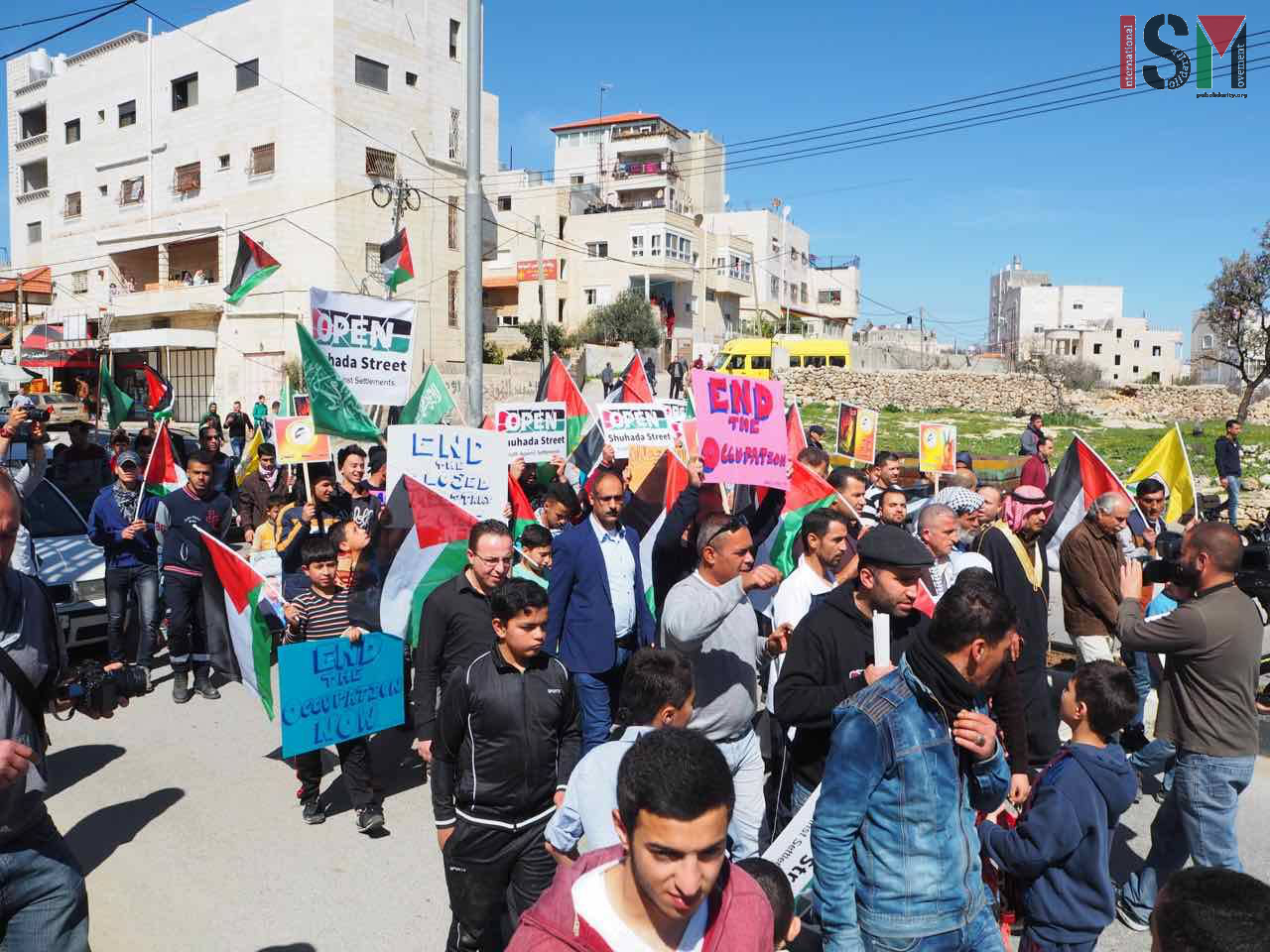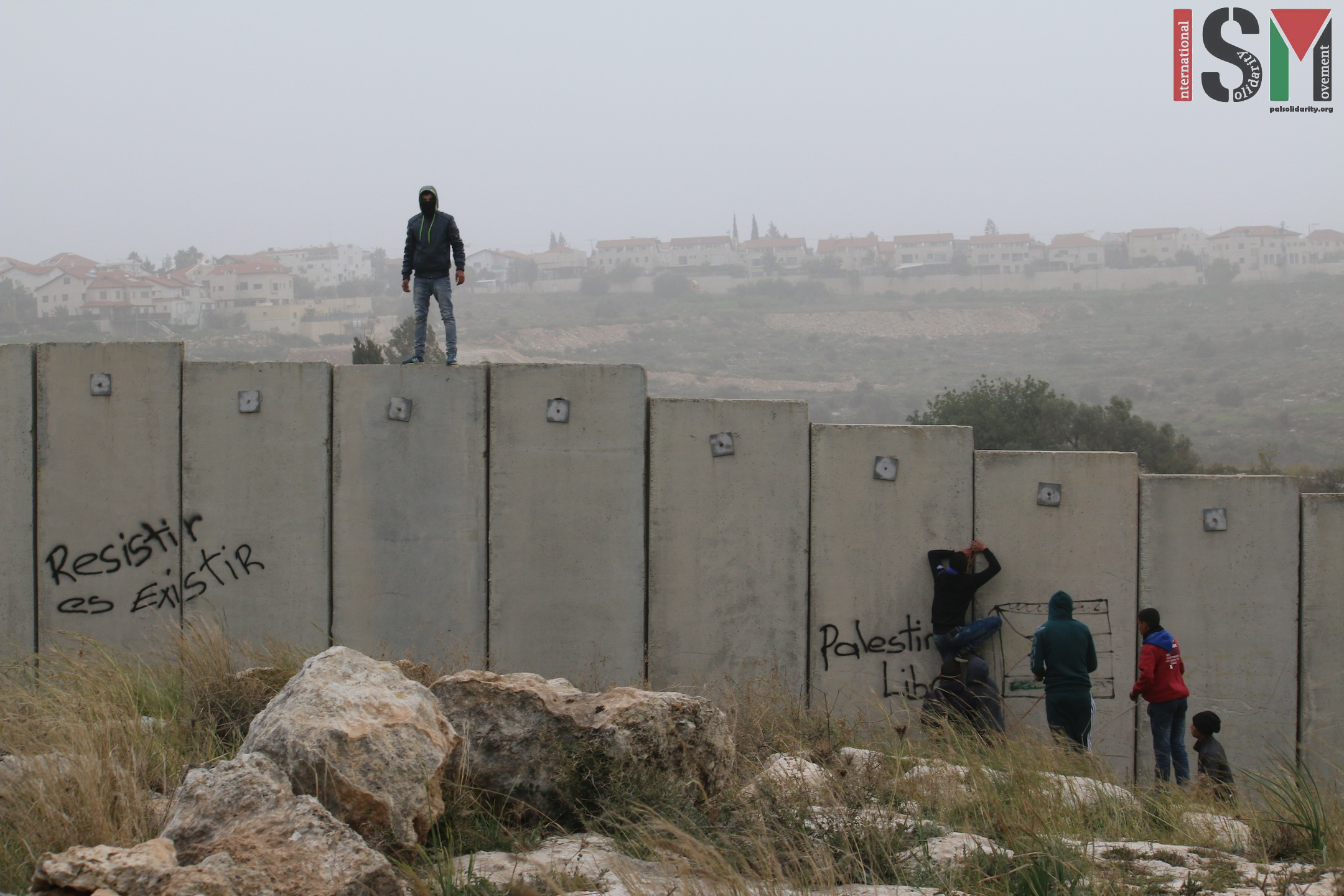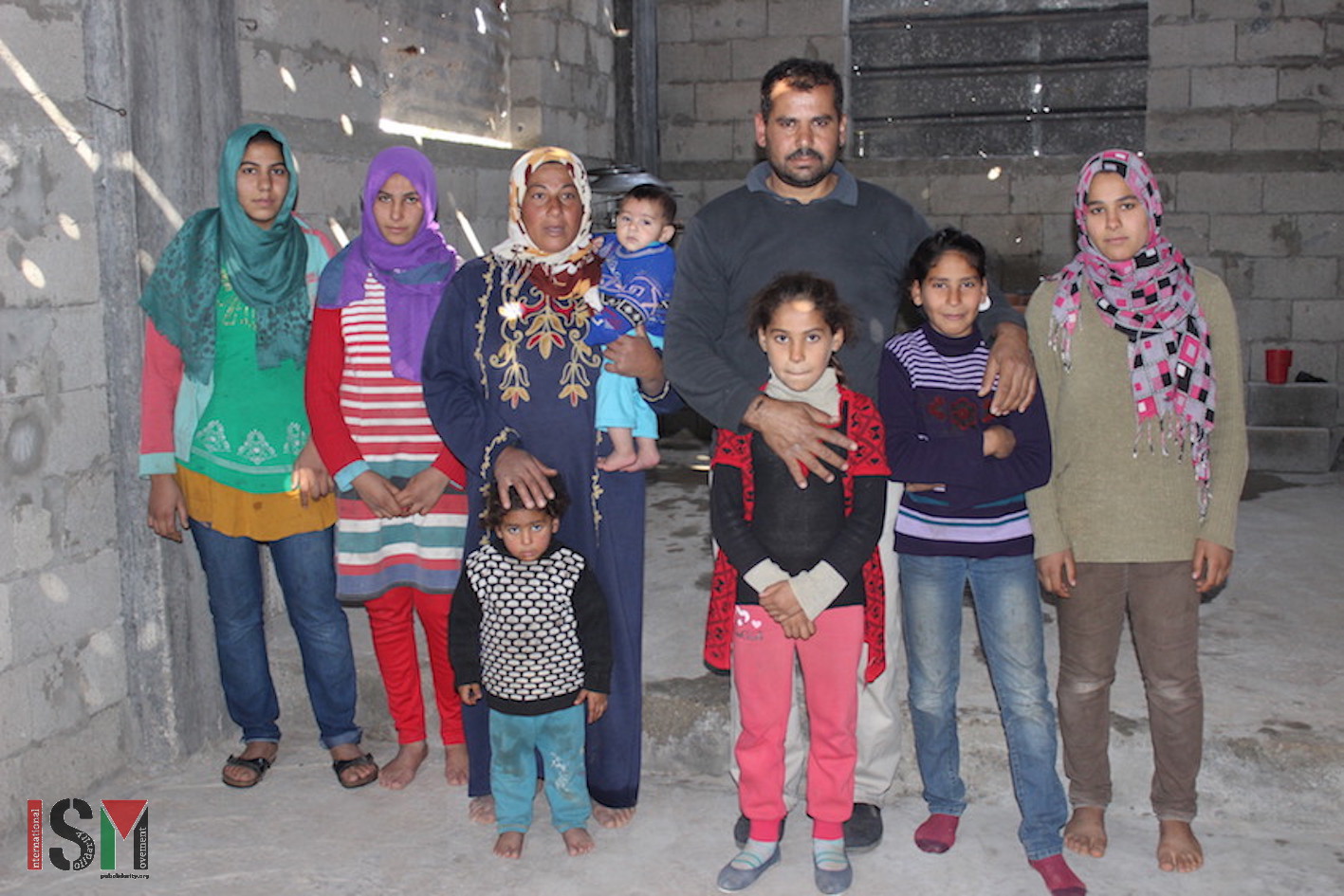Tag: Tear Gas
-
Demonstrators call for end to unjust restrictions in Hebron 22 years after Ibrahimi mosque massacre
26th February 2016 | International Solidarity Movement, al-Khalil team | Hebron, occupied Palestine On 26th February 2016, Palestinians in occupied al-Khalil (Hebron) jointly commemorated the Ibrahimi Mosque massacre and protested against the closure of Shuhada Street and the illegal Israeli military occupation. The peaceful demonstration, organised by the local activist group Youth Against Settlements as…
-
Weeks of repression and resistance in Ni’lin
15th January 2016 | International Solidarity Movement, Ramallah team | Ni’lin, occupied Palestine A walk through the olive groves of Ni’lin village, down the dirt road between stone walls and cacti and past the scattered remnants of spent tear gas canisters, grenades and bullet casings reveals a striking vista: the Israeli-constructed, illegal Apartheid Wall cuts sharply across…
-
Gaza families still enduring the aftermath of 2014 Israeli assault
13th January 2016 | International Solidarity Movement, Gaza Team | Beit Hanoun, Gaza strip, occupied Palestine A year and a half after the last massive assault on the Gaza Strip the promised reconstruction has not yet appeared. However, what has not ceased to appear since then are new sequels and side effects due to the Israeli forces’…



